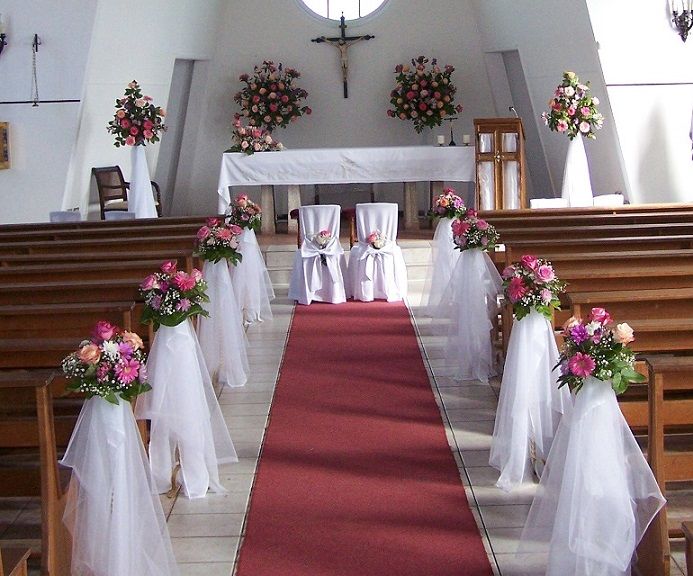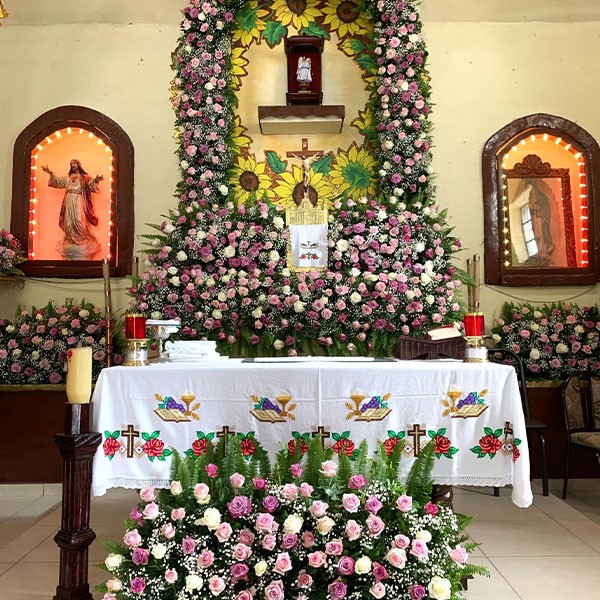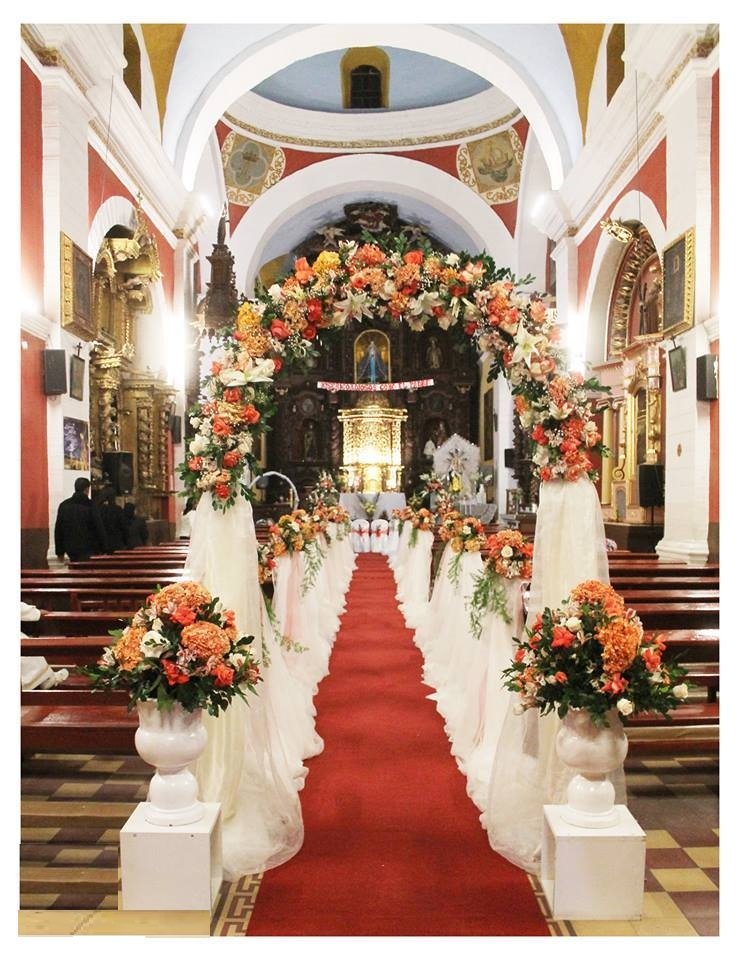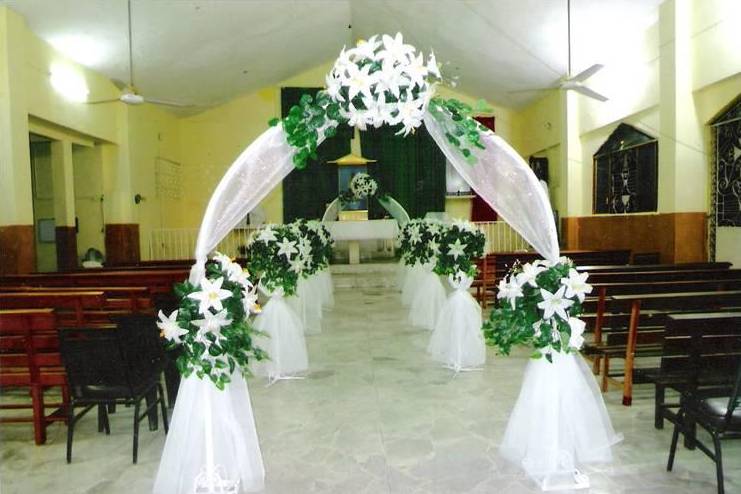Welcome to our in-depth exploration of decoración de iglesias, where we blend the beauty of design with the spirituality of worship spaces. Whether you’re a church leader, a decorator, or simply someone who appreciates the profound impact of a well-decorated sanctuary, this guide is for you. With my personal experience in church decoration, I’ll share tips, styles, and insights that can enrich any space.
Understanding the Importance of Church Decoration
Church decoration is more than just aesthetics; it creates an environment conducive to worship and reflection. Proper decoration can foster a sense of community, enhance the spiritual experience, and communicate the identity and mission of the church.
Benefits of Well-Decorated Churches
- Enhanced Worship Experience: A beautifully decorated space can deepen the congregation’s spiritual engagement.
- Community Engagement: A welcoming atmosphere encourages participation and attracts visitors.
- Visual Storytelling: Decorations can narrate the church’s history, values, and beliefs.
Styles of Church Decoration

The decoration of churches can range from traditional to modern. Understanding the various styles will help you choose the right look for your church.
Traditional Church Decoration
This style typically includes ornate details, rich colors, and historical elements. Common features include:
- Stained glass windows
- Wooden pews and altars
- Iconography and religious paintings

Pros and Cons of Traditional Decoration
| Pros | Cons |
|---|---|
| Timeless appeal | Can be costly to maintain |
| Deep historical significance | May not appeal to modern congregations |
Modern Church Decoration
Modern styles embrace minimalism, open spaces, and innovative materials. Key characteristics include:
- Simple, geometric designs
- Use of contemporary art
- Flexible seating arrangements

Pros and Cons of Modern Decoration
| Pros | Cons |
|---|---|
| Open and inviting | May lack traditional significance |
| Adaptable to various activities | Requires careful planning to maintain focus on spirituality |
Key Elements of Church Decoration

When it comes to church decoration, several key elements need consideration.
Color Schemes
Colors play a vital role in setting the tone for a church. Consider using:
- Warm tones: Encourages comfort and community.
- Cool tones: Promotes calmness and serenity.
- Accent colors: Can highlight specific areas, such as altars.

Lighting
Good lighting not only helps in visibility but also creates an inviting ambiance. Options include:
- Natural light from windows
- Chandeliers for grandeur
- Soft LED lights for warmth
Furniture and Layout
The arrangement of furniture plays a crucial role in the worship experience. Factors to consider include:
- Seating arrangements that encourage interaction
- Accessibility for all congregants
- Functional spaces for various church activities

Artwork and Decor
Include artistic elements that resonate with the church’s identity. This might include:
- Religious symbols
- Murals or frescoes
- Seasonal decorations for liturgical times
Tips for Effective Church Decoration

Making a church inviting and spiritually uplifting requires thoughtful planning. Here are some actionable tips:
1. Involve the Community
Engage church members in the decoration process. This fosters a sense of belonging and ownership.
2. Plan for Different Seasons
Consider seasonal decorations, such as Advent and Lent, to keep the environment fresh and relevant.
3. Balance Aesthetics with Functionality
Ensure that decorative elements do not impede the function of the church. Thoughts on accessibility and flow are essential.
4. Use Technology Wisely
Incorporate audiovisual elements creatively, such as screens for hymn lyrics or sermon points, without overwhelming the sacred space.
Budgeting for Church Decoration
Creating a beautiful worship environment doesn’t have to break the bank. Here’s how to budget effectively.
Establish a Clear Vision
Before budgeting, understand what you want to achieve. Sketch out your ideas and prioritize essential elements.
Compare Costs
Consider getting quotes from multiple suppliers. Here’s a simple comparison:
| Item | Supplier A | Supplier B | Supplier C |
|---|---|---|---|
| Stained Glass | $5000 | $4800 | $5200 |
| Altar Furniture | $1200 | $1100 | $1300 |
| Lighting Fixtures | $800 | $750 | $900 |
Explore Donations
Many congregants may be willing to contribute. Create a “decor fund” and share your vision with the church community.
Seasonal Decorations for Churches
Seasonal decorations help reflect the church’s liturgical calendar and enhance the worship experience.
Advent and Christmas
Advent wreaths, nativity scenes, and festive colors create a celebratory atmosphere.
Lent and Easter
Use purple for Lent and vibrant colors for Easter. Incorporate symbols like the cross and empty tomb.
Harvest and Thanksgiving
Autumn decorations with pumpkins and leaves bring a warm, welcoming feel to the church.
Case Studies: Successful Church Decorations
Let’s take a look at a few churches that have successfully transformed their spaces.
St. Mary’s Cathedral
This cathedral incorporated modern lighting and minimalist design while respecting traditional elements. The result? A striking balance that attracts a younger congregation.
Grace Community Church
They emphasized community participation in decorating for special events. Seasonal decorations are crafted by the church members, fostering relationships and ownership.
Frequently Asked Questions (FAQs)
What are the best materials for church decorations?
Popular materials include wood, fabric, metal, and glass. Each brings unique qualities that can enhance the decor.
How often should church decorations be updated?
Typically, seasonal decorations are changed quarterly, while major decor updates can be considered every few years to keep the space fresh.
Can I DIY my church decorations?
Absolutely! DIY projects can be a great way to involve the community and save on costs. Just ensure that any projects align with the church’s mission and aesthetic.
What are some cost-effective decoration ideas?
- Repurpose existing decor
- Use local artists for unique pieces
- Incorporate natural elements, like flowers and plants
Conclusion
Decorating a church is a fulfilling task that encompasses creativity, community involvement, and faith. By understanding the importance of decoration, exploring various styles, and utilizing thoughtful design elements, you can create a space that uplifts the spirit and fosters community connection. With each season, you have the opportunity to renew the church’s environment and continue the journey of enhancing spiritual experiences.
Thank you for joining me on this exploration of decoración de iglesias. May your church space become a beacon of light and hope for all who enter!